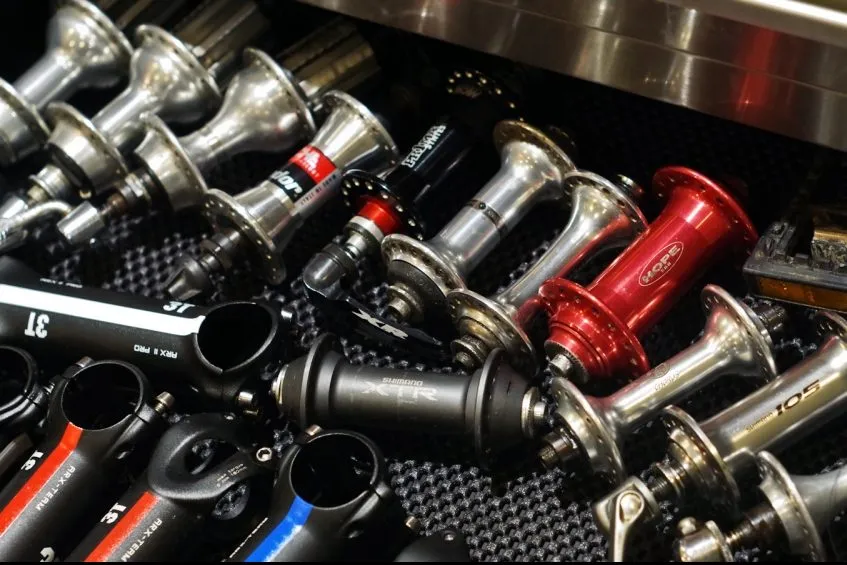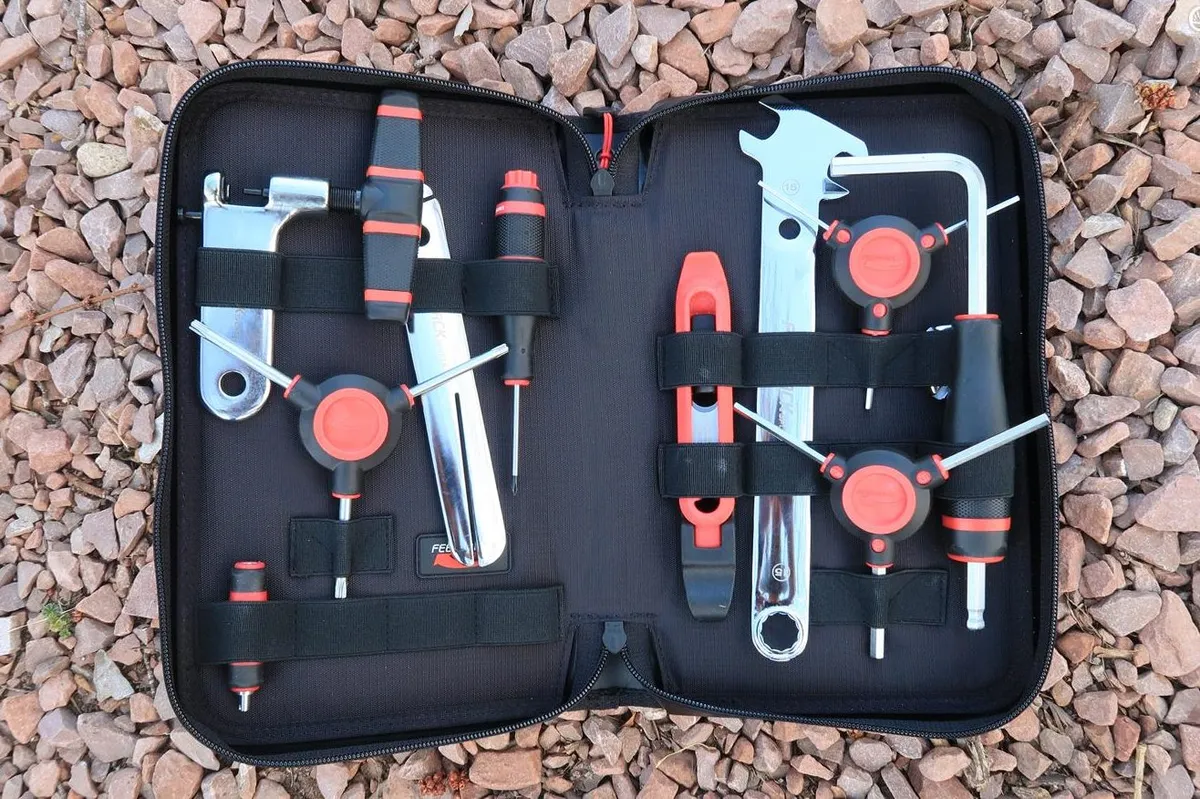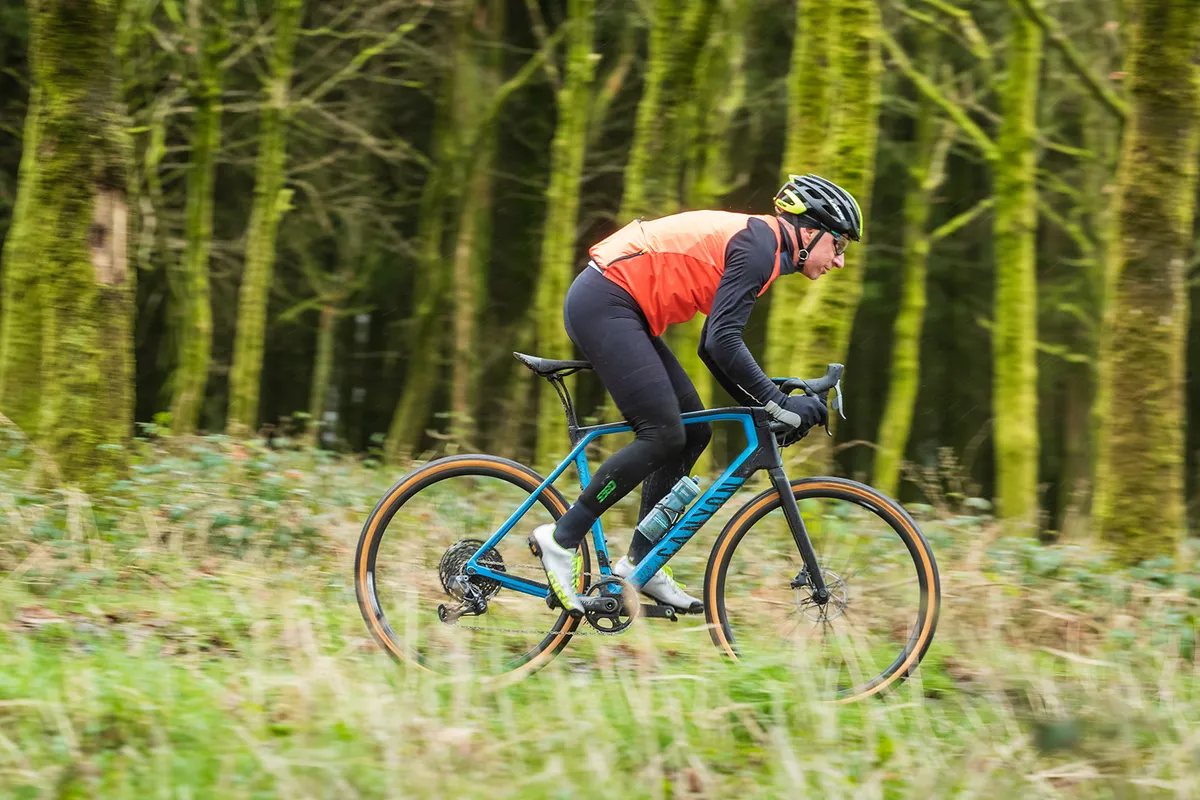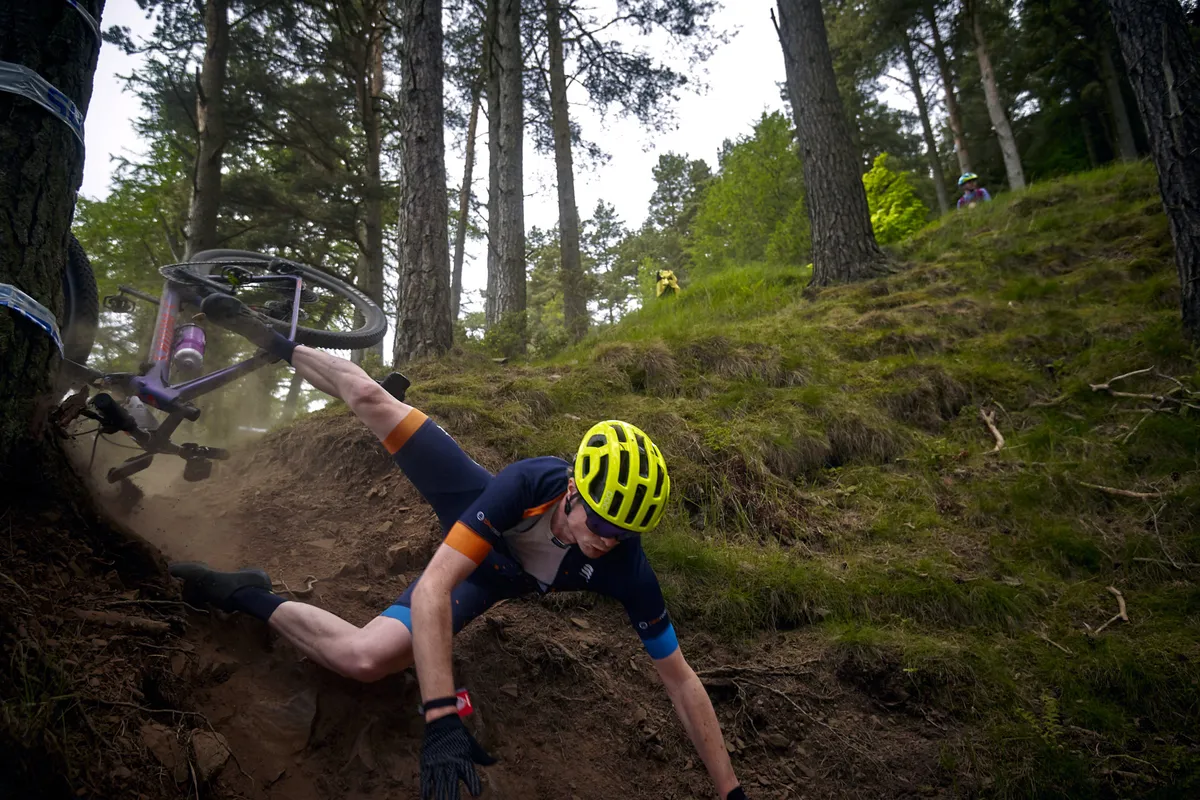As we progress from beginner cyclists to experienced riders we are all guaranteed to learn a lot along the way.
Some things we simply work out for ourselves through experience, while others we might pick up from friends that ride, magazines or the internet.
Occasionally, though, we come across bits of advice that we simply wish we’d known earlier. It’s exactly these sorts of life-changing nuggets of knowledge that we are getting at in this article.
In an attempt to collate such knowledge, we posed the following question to BikeRadar’s staffers:
What are the things you wish you had known before getting into riding?
Drink in these tips from our staff who have come together to share advice that will help make your life as a new cyclist that little bit easier.
By their very nature, many of these tips will be angled more towards beginner riders, but we are sure that some of them will be appreciated by experienced riders too.
- Beginner’s cycling tips: essential pieces of advice for new cyclists
- How to set up your mountain bike in 7 simple steps
Tips on kit from BikeRadar staff
George Scott on why good kit makes a big difference
Fettling with your bike and agonising over the next upgrade is all part of the fun of cycling, but don’t neglect your riding kit. Comfortable cycling kit that works for the conditions you’re riding in makes a big difference when it comes to your enjoyment on the bike.
A pair of the best bib shorts are at the heart of any kit ensemble – if your shorts are chafing, you’re going to be looking for the first shortcut home. And remember, no underwear.
As with anything, spending more doesn’t necessarily mean you’re getting a ‘better’ product, but it’s wise to invest as much as you can on a quality set of shorts. After all, you’re hopefully planning to spend plenty of time in the saddle.
Fortunately, cycling kit is better than ever. Fabric technology has come on leaps and bounds in recent years and numerous brands offer excellent kit at prices that won’t break the bank.
Matthew Loveridge on waterproof socks, carbon wheels and pedal choice
Waterproof socks are an absolute game changer for riding in horrible weather.
Lots of brands make them (Sealskinz and Dexshell are two) and they make riding through the winter vastly more bearable than it would be otherwise. Best of all, those with an integral membrane can be washed many, many times without affecting their waterproofing.

Carbon wheels are cool but terrible value for money. A decent set of alloy wheels built on nice hubs is a much better investment if you're counting the cost, and it doesn’t even have to be significantly heavier.
Yes, if you feel the need for deep section aero wheels, carbon is going to be better, but in terms of real-world performance gains, carbon wheels offer a very poor return given how expensive they are.
Flat pedals are not the devil. I went clipless very early in my cycling career and never looked back. Clipless is a no-brainer for road cycling and I prefer it for mountain biking too, but for a bike you ride in the city over short distances, there’s a lot to be said for not having to wear special shoes.
A good set of grippy flat pedals is much more convenient than SPDs, and any performance difference doesn’t really matter for this kind of riding.
Jack Luke on tyre choice, kit storage and spending money where it matters.
To the new rider, logic would dictate that narrow tyres are faster on a road bike. They can weigh less, there’s a smaller contact patch with the road and they 'feel' fast, so they must be – right? Wrong. On anything but a glass-smooth road and at the speeds you and I ride at, it is almost always the case that 28mm – or wider – road tyres will be faster because, when run at lower pressures, they have a lower rolling resistance on rougher roads.
They also improve comfort, and being comfortable means less energy wasted, which means you’ll go faster.
Cycling kit, tools and spares have a tendency to spread around your house like some kind of rampant performance mold. I guarantee that, in time, this will begin to drive you and your significant other equally mad.

Invest in an affordable tool chest, vacuum storage bags for packing away seasonal kit and try to resist the temptation to hoard away stuff unnecessarily.
Sure, go-fast carbon wheels that make swooshy noises when you’re smashing along might be more fun than kit, but trust me when I say that investing in a few pairs of top-flight bib shorts will make your riding much more enjoyable than any wheelset.
You needn’t spend a fortune to get a truly great set of bib shorts these days. For example, dhb’s Aeron Ultra shorts are by no means cheap at £90 a pop, but you could easily spend many times that on a pair of shorts of comparable quality from better-known brands.
Alex Evans on making informed purchases and building a tool collection
It can be ludicrously expensive, especially if A. you’re a bike wrecker and destroy parts all of the time; B. you’ve got tastes similar to a Russian Tsar and want the best of everything; and C. if you spend a lot of time out on the bike: things such as tyres and brake pads add up quickly.
I think if people understand the expense better it might help them make more informed choices about which bits of kit to buy in the first place and I think the age old adage of “buy cheap, buy twice” is very relevant to mountain biking, especially as your skill level progresses.

Invest in tools to fix your bike, even specialist niche items. They might seem like an extravagant expense at first but once you’ve got all the tools you’ll ever need, there’ll be no job too difficult to complete on your bike
Pay attention to bike reviews from trusted and impartial titles such as BikeRadar and make sure you take a step back before buying something and really geek out on what’s good and what’s not.
Buy the right kit for the conditions you ride in. If you live in wet climates, then baselayers, waterproof socks, waterproof jackets and a few pairs of shoes will be worth every penny if you’re riding a lot and want to stay comfortable on the bike.
Don’t try to skimp and save; the more expensive kit is generally better performing than the cheaper stuff, but do your research carefully.
Tips on riding from BikeRadar staff
Oli Woodman on why you should cross disciplines
Try another riding discipline if you haven’t already. You might hate it, but the chances are you probably won’t.
The attitude of division between mountain bikers and road riders might make for some banter, but anyone who isn’t crossing disciplines is, in my opinion, missing out.
Fundamental bike handling skills underpin everything we do, be it on- or off-road. What if I was to tell you that the key to you descending and cornering with more confidence on your road bike could simply be spending a few hours on mountain bike trails?

Similarly, the very different power outputs, ride position and speeds encountered on a road bike can provide fantastic training or just a fun alternative for those who normally ride mountain bikes.
Gravel bikes are untouchably hot right now, and it’s true that these bikes are usefully versatile, but what is often understated is just how they effectively bridge the gap between what has traditionally been two very different sports.
They’re taking mountain bikers to the road and tempting roadies to the dirt. It’s a very good thing.
Max Wilman on three words mountain bikers should never say
If you’re enjoying your mountain biking but starting to tire, never say “one last run!”.
I’ve had plenty of crashes, some bad, some not so bad, but all due to the fact I wouldn’t listen to my body giving up on me.
So, when you feel tired, go home and be pleased about what you have accomplished. But never dare utter those three words…

Tom Marvin on the value of skills coaching
I wish I’d worked on the very basics of bike handling really early on.
Learning how to properly jump and corner would have saved a lot of frustration down the line, trying to correct bad habits or getting over mental blocks.
Though it’s changing, the value of proper coaching isn’t to be underestimated – it seems odd that I’d happily spend hundreds of pounds on upgrades to my bike, but wouldn’t spend under a hundred on a skills session that would benefit me far more than a carbon bar and some bling pedals would.
Tips on nutrition from BikeRadar staff
Jack Luke on nutrition from outside of a packet
It doesn’t matter how strong or experienced a rider you are, if you get your hydration and nutrition wrong, you’re going to suffer.
There are some basic rules you should follow, but experimentation is the key here, and don’t get hung up on conventions. What may fuel one rider effectively might be a terrible choice for you.

By all means scoff as much weird energy food as you can stomach if it’s a good choice for you, but, for me, ‘normal’ food with a higher fat content (e.g. a delicious cheese and tomato sandwich with a good dollop of (homemade) mustard) fuels me effectively for long days in the saddle.
Simon Bromley on fuelling correctly and bonk avoidance
Doing long and fast rides is extremely energy intensive, so if you want to avoid the dreaded bonk, you need to eat a lot while riding, not just before.
Unless you’re specifically trying to lose weight, aim to eat at least one carb loaded ‘thing’ per hour (e.g. a banana, flapjack, half a sandwich) on rides lasting longer than an hour.
If you’re looking to maximise your performance though, more is better (up to around 6 to 90g per hour) if you can manage it.
Commercial energy gels and sports drinks are convenient, but these can stress your gut if you’re not used to them.
Try to stick to real food as much as possible and practice your riding nutrition before any big event, so you can find out what works best for you.
Miscellaneous tips
Alex Evans on travel and the culture of mountain biking

Unless you live right next to the trails you’re gonna spend a lot of time in the car travelling to go ride.
Although this isn’t a big issue, once your appetite for riding new places increases or you get bored of riding the same old haunts, be prepared to spend more time in the car travelling to a riding spot than you actually do riding there.
In a similar vein, bikes will take you across the country, or even the world, on fantastic adventures to new places where you’re sure to meet amazing people. You’ll become obsessed with bikes. Every walk of your life will suddenly be two wheel-centric and it’s brilliant.
Got any tips that you feel should be in this list? Be sure to place them in the comment box below.
